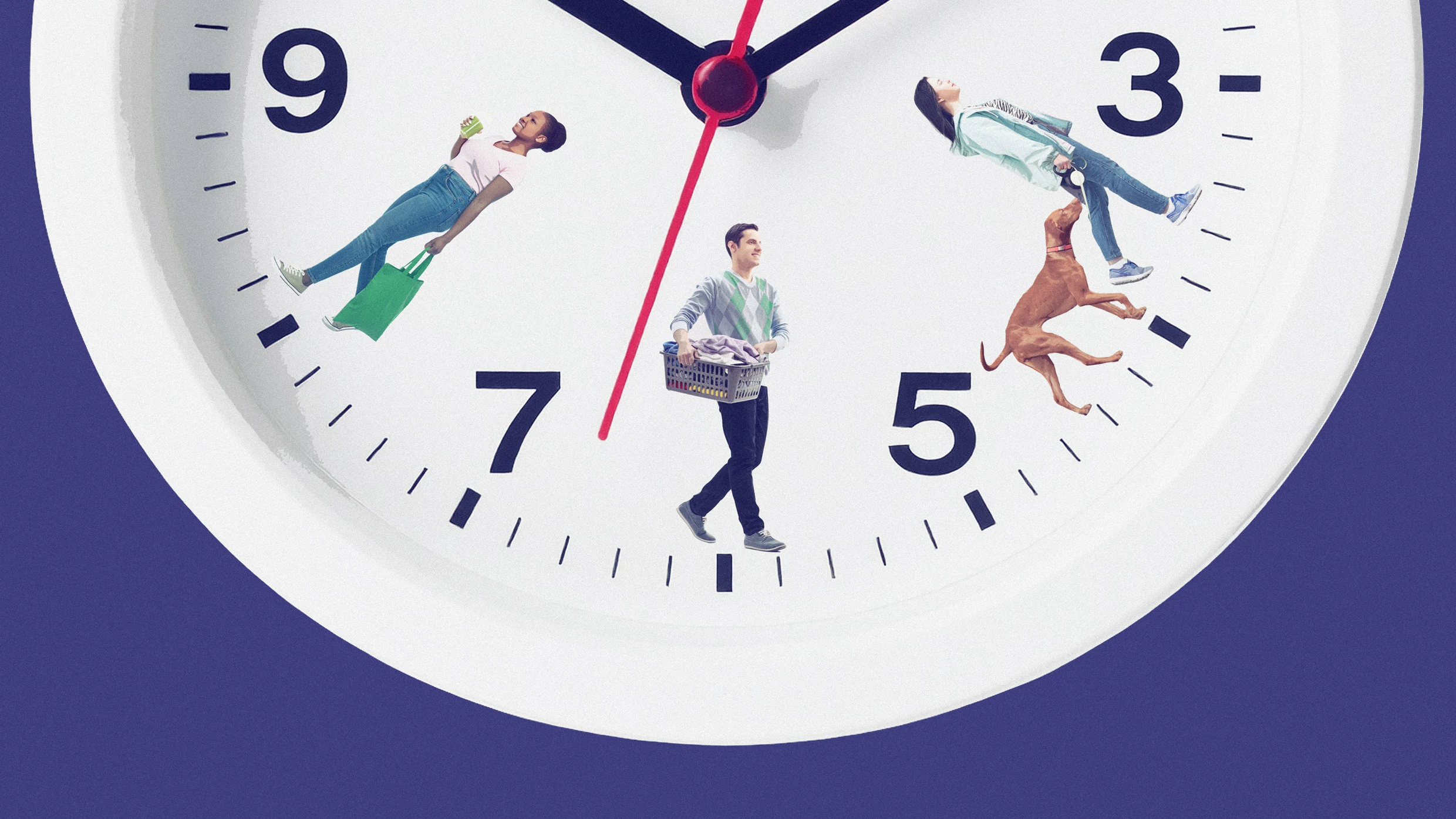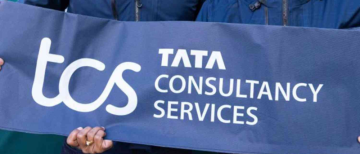The classic 9-to-5 office routine is fast losing its relevance. Even work-from-home, once hailed as the ultimate form of flexibility, is being challenged by something even more adaptive — microshifting.
So, if your HR has just announced a return-to-office policy or insists on eight-hour workdays, it might be time to introduce them to this emerging concept. Microshifting is the modern workforce’s answer to achieving true flexibility — and it’s changing how people work, live, and think about productivity.

The End of the Traditional 9-to-5
For decades, the 9-to-5 schedule symbolized discipline and productivity — a remnant of the Industrial Revolution, when factory workers operated in timed shifts. But as economies evolved and knowledge work replaced manual labor, this rigid model began to crack.
After the pandemic, millions of employees realized they could work efficiently from home, often with better results. Yet, many companies still cling to old models, demanding physical presence and fixed hours. According to the Owl Labs 2025 State of Hybrid Work Report, around 63% of employees in the U.S. now go to the office full-time — not because they prefer it, but because companies have mandated it.
However, workers are pushing back. They’ve tasted flexibility, and they’re unwilling to return to being micromanaged. The truth is, productivity today is no longer about clocking hours but about delivering results — and microshifting embodies that shift.
What Exactly Is Microshifting?
Microshifting means breaking the traditional eight or nine-hour workday into short, flexible intervals or “microshifts.” Instead of sitting in front of a laptop for long stretches, employees choose when they’re most productive — and structure their work around their energy levels, family responsibilities, or other personal commitments.
Imagine you’re a parent: you could work early in the morning before your child wakes up, take a break for school drop-offs, return to work mid-morning, pause again for lunch or after-school activities, and then finish up at night.
The total working hours might remain similar — maybe seven to nine hours — but spread across smaller, focused bursts. The result? Higher productivity and lower burnout.
According to Owl Labs, 65% of office workers now prefer a flexible schedule over traditional working hours.

How Microshifting Took Root in the U.S.
In the U.S., microshifting has been steadily gaining traction, especially among younger professionals. The Deputy’s “The Big Shift: U.S. 2025” report highlights how even Gen Z service-sector employees are embracing shorter, flexible shifts to balance caregiving, education, or multiple jobs.
Modern workdays are rarely uninterrupted. Between Slack pings, video calls, and attention dips, maintaining long hours of deep focus can feel impossible. Microshifting solves that by aligning effort with energy — encouraging people to work when they perform best, not when the clock dictates.
As Deputy’s 2025 report notes, this approach is no longer limited to retail or hospitality. It’s rapidly spreading across office-based jobs, powered by Gen Z, who prioritize autonomy and work-life balance over rigid structures.
Why Employees Are Driving the Microshifting Revolution
This change isn’t just coming from HR think tanks — it’s being demanded from the ground up. Workers today aren’t asking for flexibility; they’re redefining the workplace itself.
1. Caregiving and Family Responsibilities
Nearly 62% of U.S. employees manage childcare or caregiving duties, according to Owl Labs (2025). Microshifting gives them breathing room to balance these roles without sacrificing performance. Instead of forcing parents to choose between family and work, it allows them to integrate both.
2. Poly-Employment and Multiple Roles
The modern worker often wears many hats. One in five employees now manages multiple jobs or side hustles, and about 60% schedule personal appointments during traditional work hours (Deputy, 2025). Microshifting accommodates this lifestyle by offering flexibility for diverse responsibilities — without compromising productivity.
3. Trust Over Surveillance
Even though 69% of U.S. managers agree that remote and hybrid setups improve productivity, many companies still rely on digital surveillance tools. But constant monitoring kills morale. Microshifting thrives on trust, not oversight. It values output, not activity — freeing employees from the “meeting tax” that eats into real work time.
4. Burnout Prevention
Workplace burnout is rampant. Nine in ten U.S. employees report equal or higher stress than the previous year, while 47% worry about job security (Owl Labs, 2025). Microshifting allows workers to step away when mentally drained and return recharged. By aligning tasks with personal energy cycles, it combats what experts call “quiet cracking” — silent burnout that erodes performance and well-being.

Making Microshifting Work: A Strategic Playbook for Employers
For companies, embracing microshifting requires more than lip service. It demands rethinking how teams communicate, collaborate, and measure productivity. Here’s how organizations can do it right:
1. Set Clear Communication Norms
Teams need transparent systems — shared calendars, asynchronous communication tools, and status indicators — so everyone knows who’s available when.
2. Ensure Equity Across Roles
Flexibility shouldn’t be a privilege for white-collar employees. Employers can introduce compressed schedules, shift swaps, or predictable time-off policies for frontline workers too.
3. Leverage Technology Wisely
AI can streamline scheduling, automate routine updates, and enable smoother handoffs — empowering autonomy rather than enforcing control.
Ultimately, microshifting is about results-driven work, not screen-time surveillance. Companies that adapt will enjoy higher engagement, trust, and creativity — the key currencies of long-term success.
Who Are the “Microshifters”?
Welcome to the world of Gen Z microshifters, who are reshaping the workplace one short burst at a time. The Deputy report reveals that Gen Z makes up 51.5% of all microshifters, and 63% view AI positively as a productivity enhancer rather than a threat.
Microshifters prefer short, non-linear blocks of work — often six hours or less — aligned with their personal rhythm. The trend began in retail and hospitality, but is now expanding into full-time office roles. These professionals might log in for a few hours in the morning, handle errands mid-day, and return to complete tasks later in the evening.
Their goal isn’t to work less — it’s to work smarter.
As Peter Duris, CEO of AI career tool Kickresume, notes:
“Flexibility is one of the most sought-after perks in a job. Microshifting lets employees work when they’re most productive — and balance personal responsibilities alongside their roles.”
Tips for Embracing Microshifting
For Employees:
-
Be Clear and Transparent: Communicate your working hours openly with your manager. Use shared calendars to avoid overlap or confusion.
-
Prioritize Important Tasks: Schedule your most demanding work during your peak energy times — morning for some, night for others.
-
Organize Your Schedule: Use digital tools to plan microshifts and avoid double-booking, especially if you juggle multiple jobs or roles.
For Managers:
-
Offer Flexibility: Allow employees to choose when they’re most productive — it boosts satisfaction and performance alike.
-
Set Core Collaboration Hours: Define a few fixed hours each day when everyone is available for meetings and teamwork.
-
Check In Regularly: Ensure that your team isn’t burning out or overworking. Microshifting is about freedom, not endless availability.
As Silvija Martincevic, CEO of Deputy, emphasizes:
“Microshifting isn’t about working less. It’s about working smarter — in a way that benefits both employee and employer. And it’s not just a Gen Z thing. We’re seeing shorter shifts among Gen Alpha and Baby Boomers too. It’s a generational shift.”
The Future of Work Is Micro
Companies that embrace microshifting will gain a competitive advantage in attracting and retaining top talent. AI and smart scheduling are already helping organizations integrate flexibility into daily operations.
Martincevic calls this the start of a “people-first era of work.” She explains:
“Together, these shifts create new pathways for caregivers, parents, students — anyone seeking control over their time. Deputy’s platform helps businesses build smarter, more flexible teams that adapt to today’s evolving labor market.”
Even Paul Farnsworth, president of Dice, points out that remote workers have been “microshifters” all along — logging off between meetings to do chores or pick up kids, then logging back in later.
The difference now is that companies are formalizing what was once informal — giving it structure, support, and legitimacy.
As Martincevic predicts:
“Firms that adopt microshifting will be better positioned to attract tomorrow’s talent. Those that don’t may lose out on creativity, trust, and an untapped pool of skilled workers.”
Final Thought
The 9-to-5 model had its moment, but it no longer defines productivity or success. Microshifting represents a fundamental reimagining of work — one that aligns professional output with human rhythm.
It’s not about abandoning discipline; it’s about replacing rigidity with respect — for people’s time, energy, and individuality. In the future of work, it’s not when you work that matters, but how well you do it.
With inputs from agencies
Image Source: Multiple agencies
© Copyright 2025. All Rights Reserved. Powered by Vygr Media.























